I tried looking around to see if my answer could be answered but I haven't stumbled what could help me.
When Dealing with Run Time Complexity's do you account for the operands? From my understanding dealing with run time you have each different operand can take x-amount of time so only counting for the loops with give you the lower bound? If this is incorrect can you please explain to me where my logic is wrong.
for example:
for (i=0;i<n;i++)
for (j=0;j<n;j++)
a[i,j]=b[i,j]+c[i,j]
Would just be O(n^2) right? or would it be O(a*n^2) because of the Addition Operand?? and you use "O" for run time usually correct?
for example:
for (i=0;i<n;i++)
for (j=0;j<n;j++)
a[i,j] -= b[i,j] * c[i,j]
Would just be O(n^2) again right?? or would it be O(a^2*n^2) because of the subtraction and multiply Operands??
Thanks Stack!
